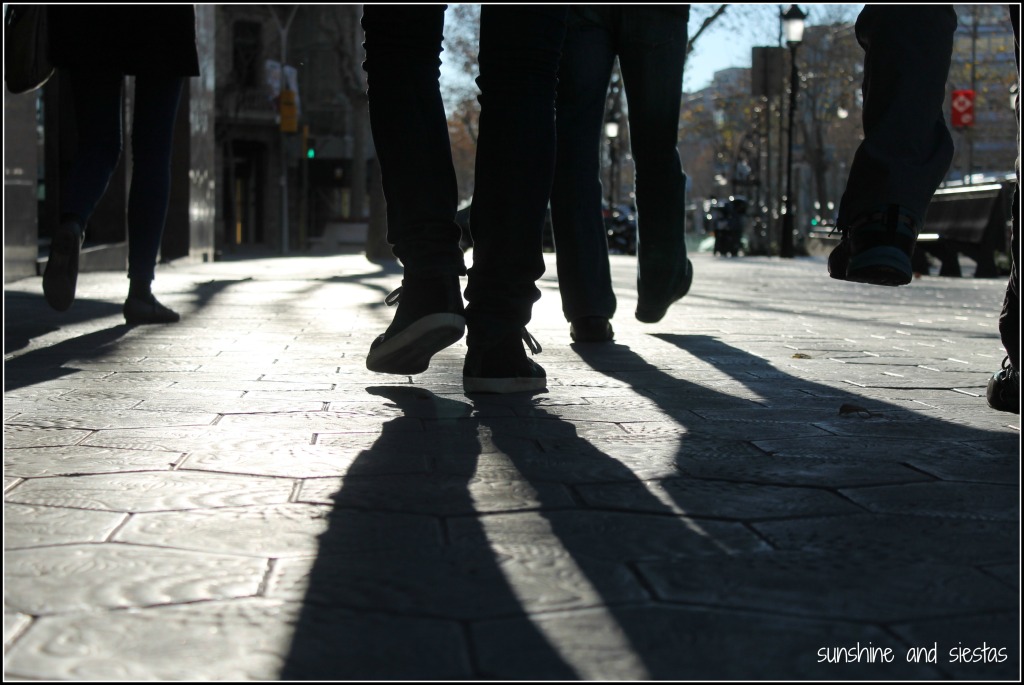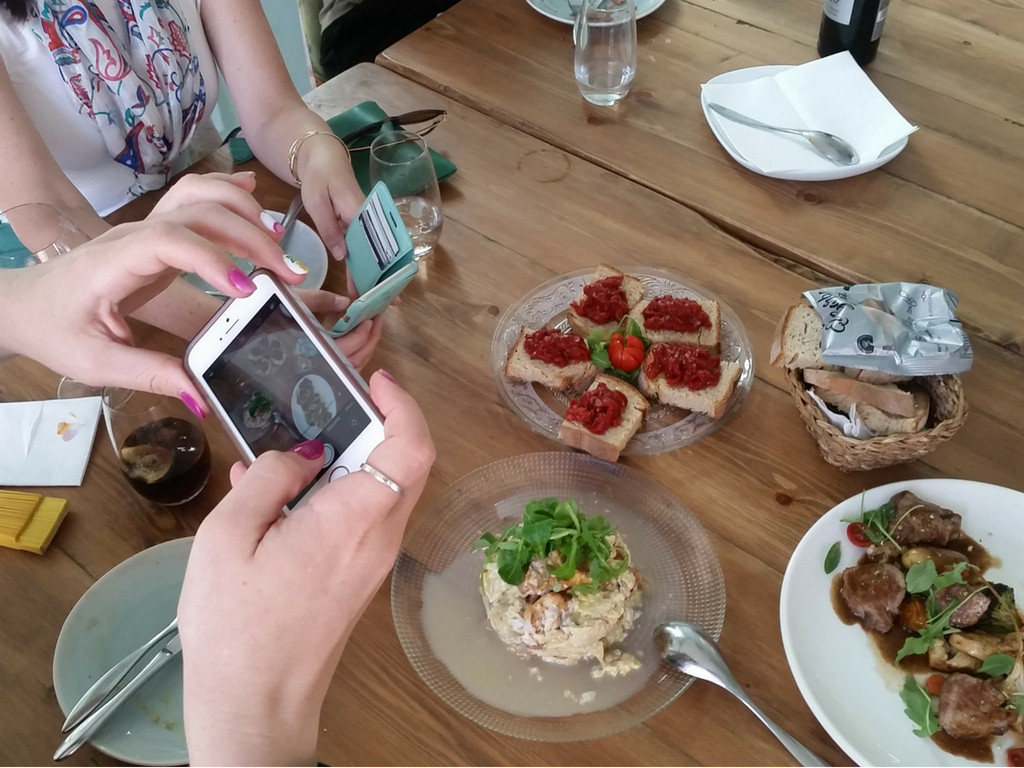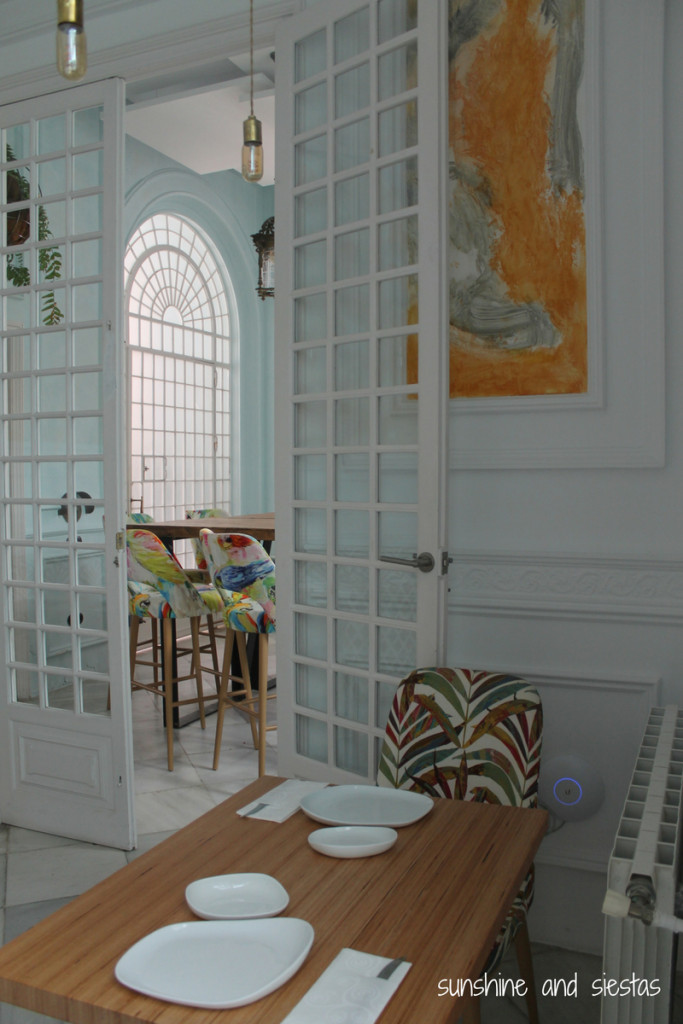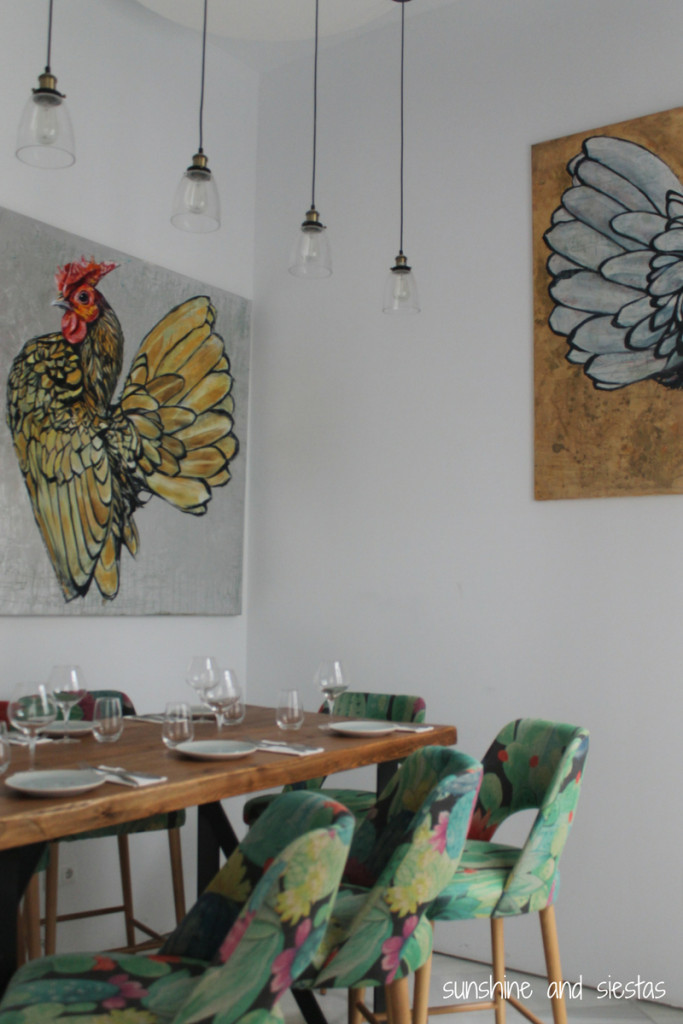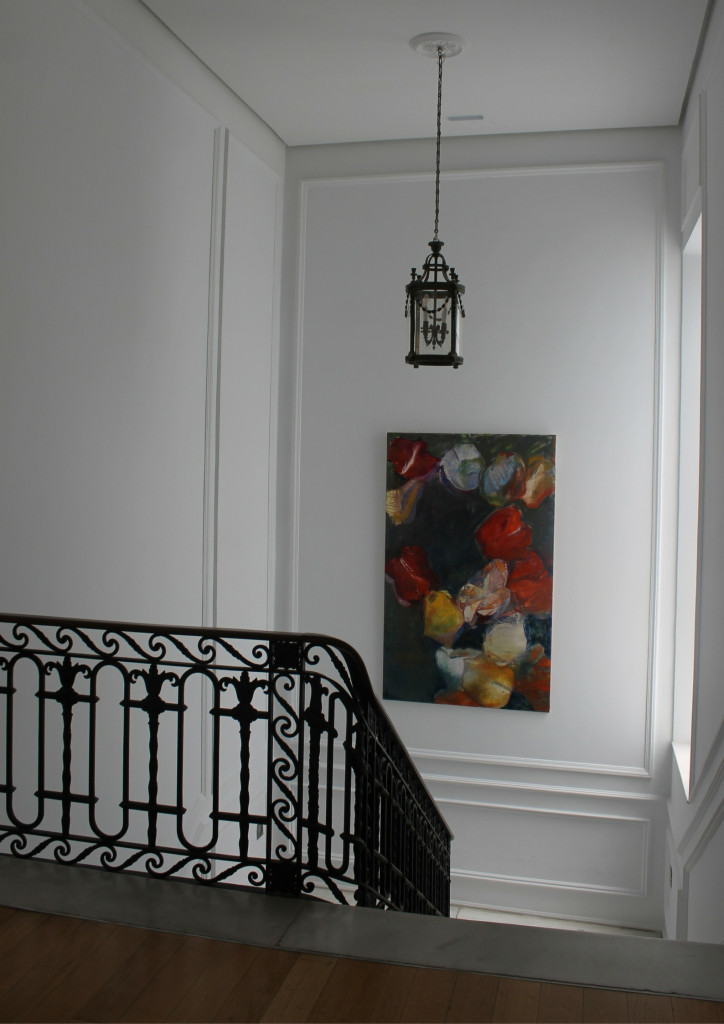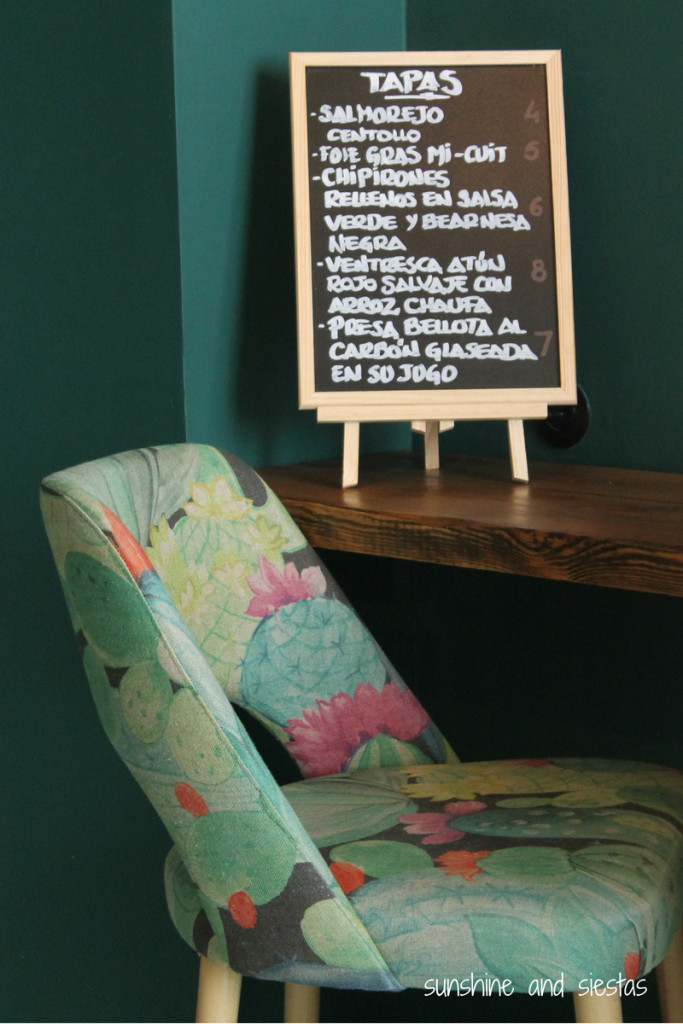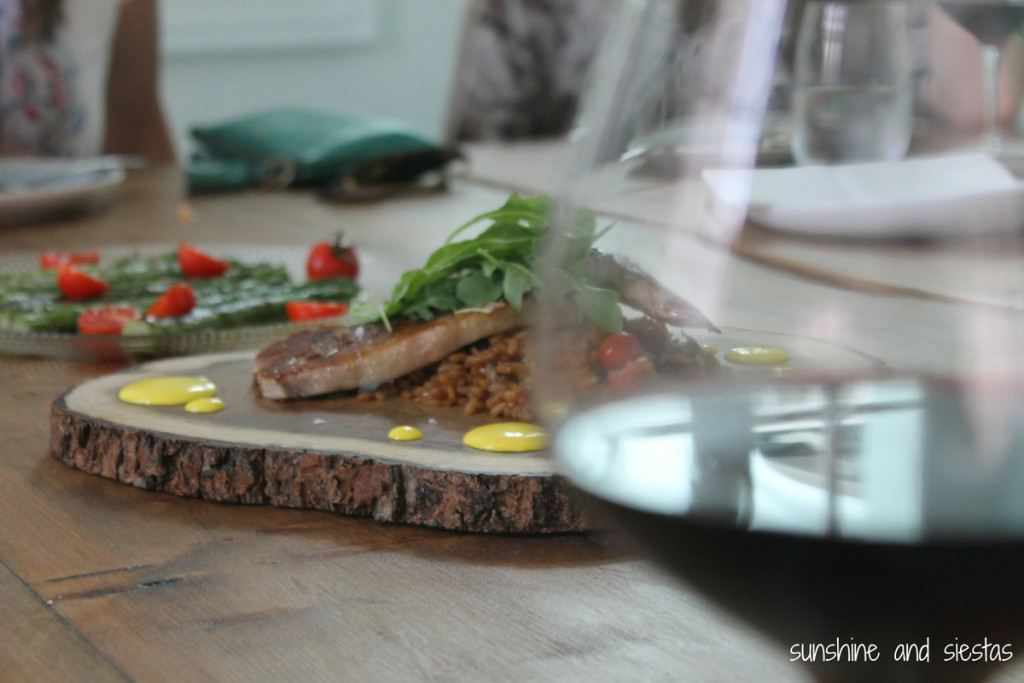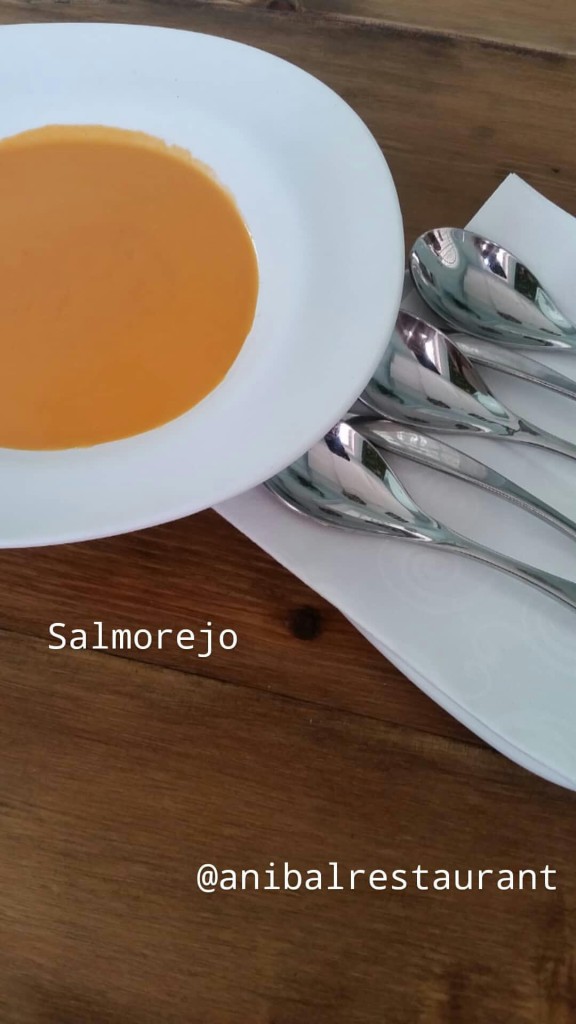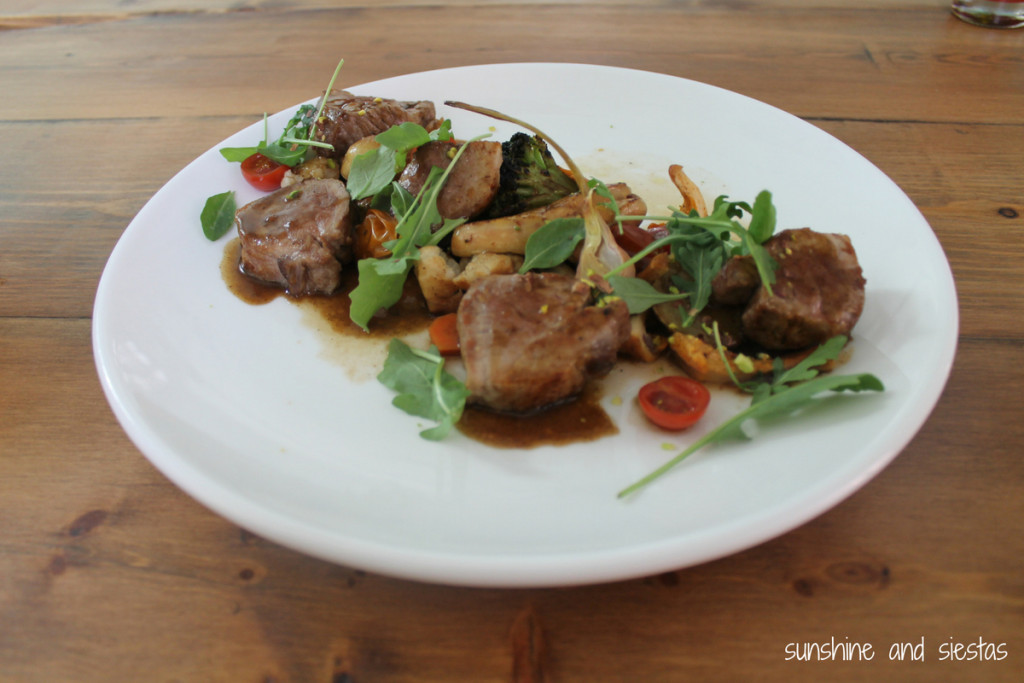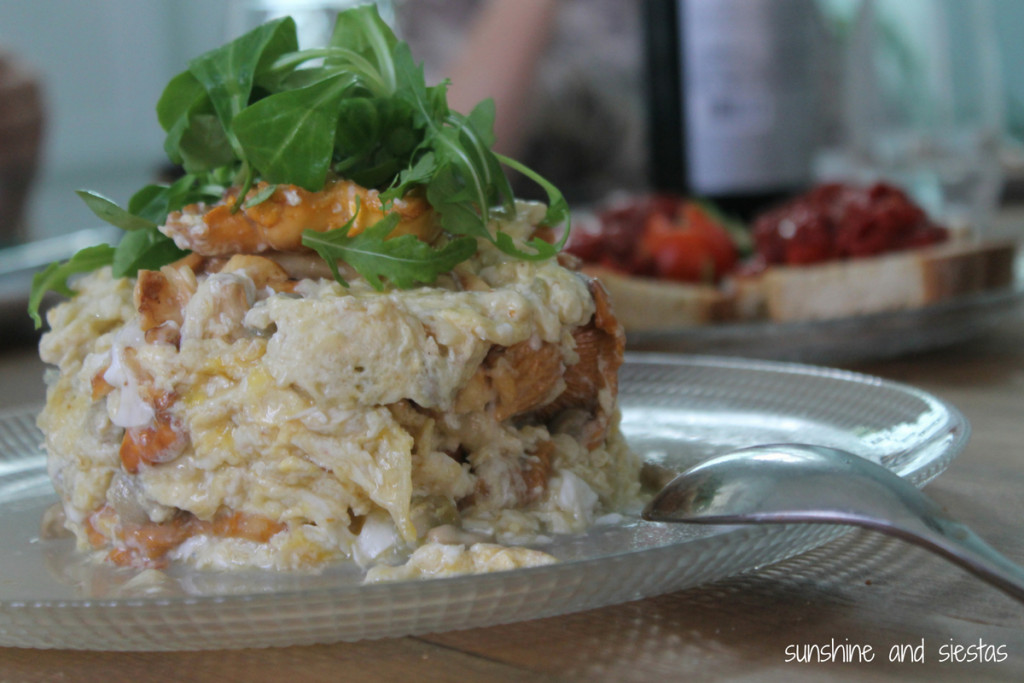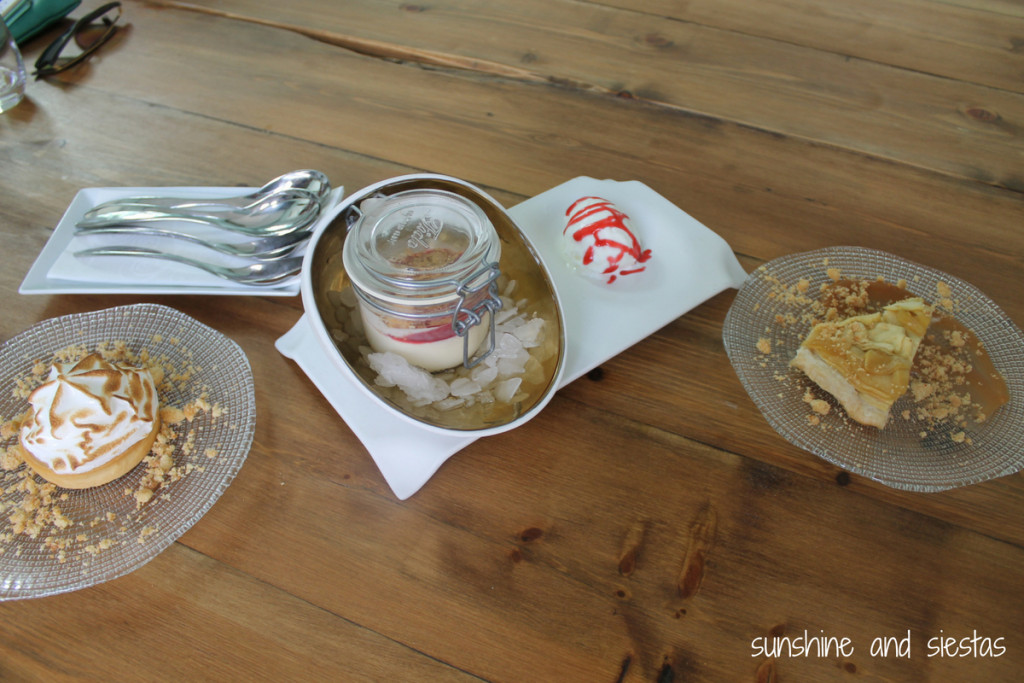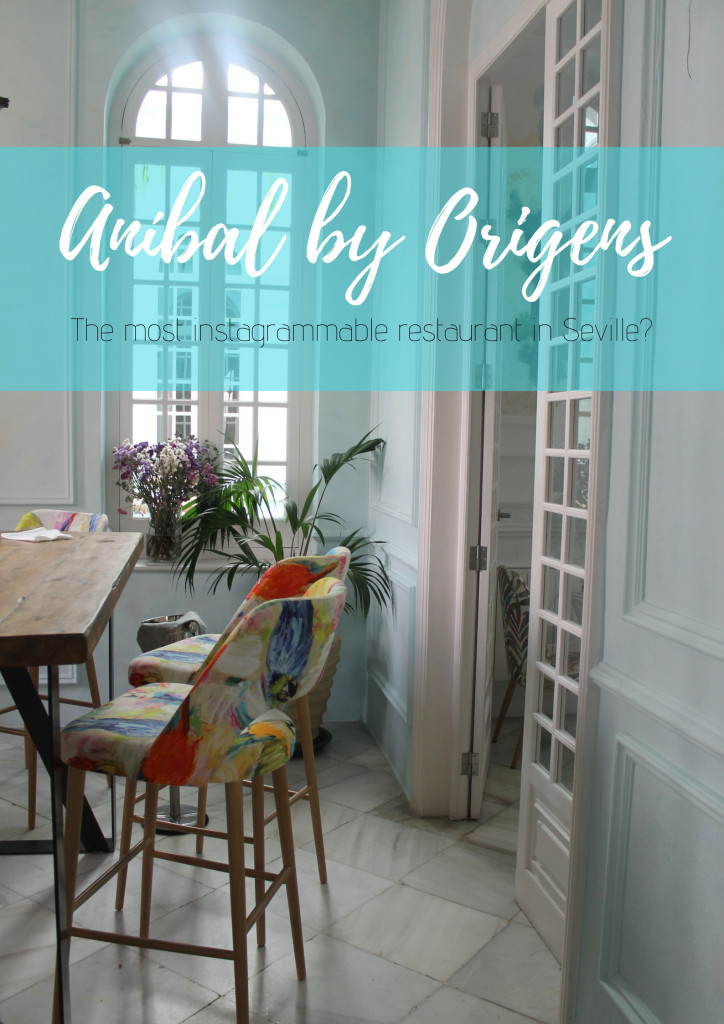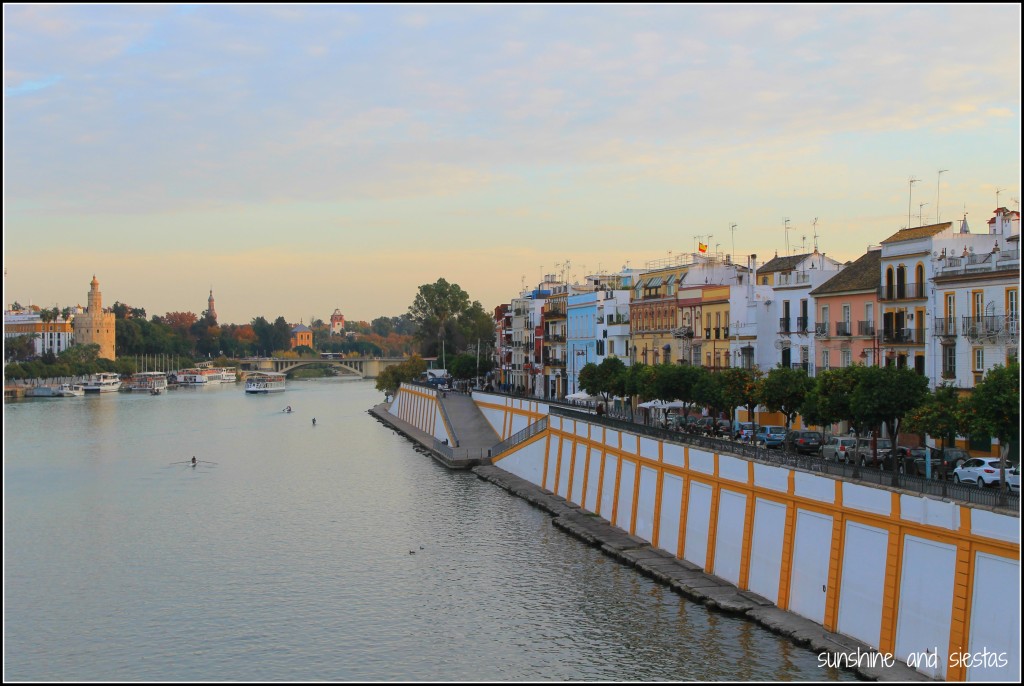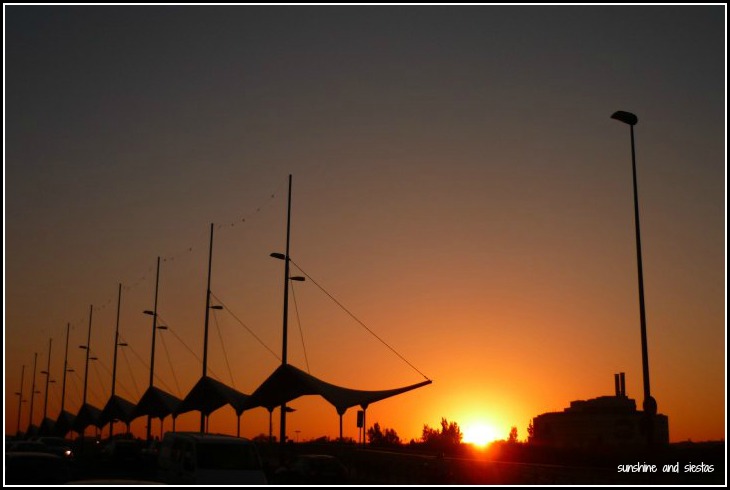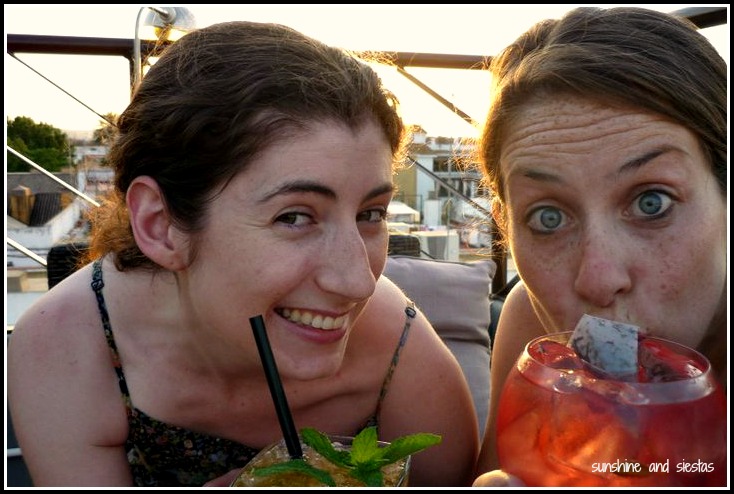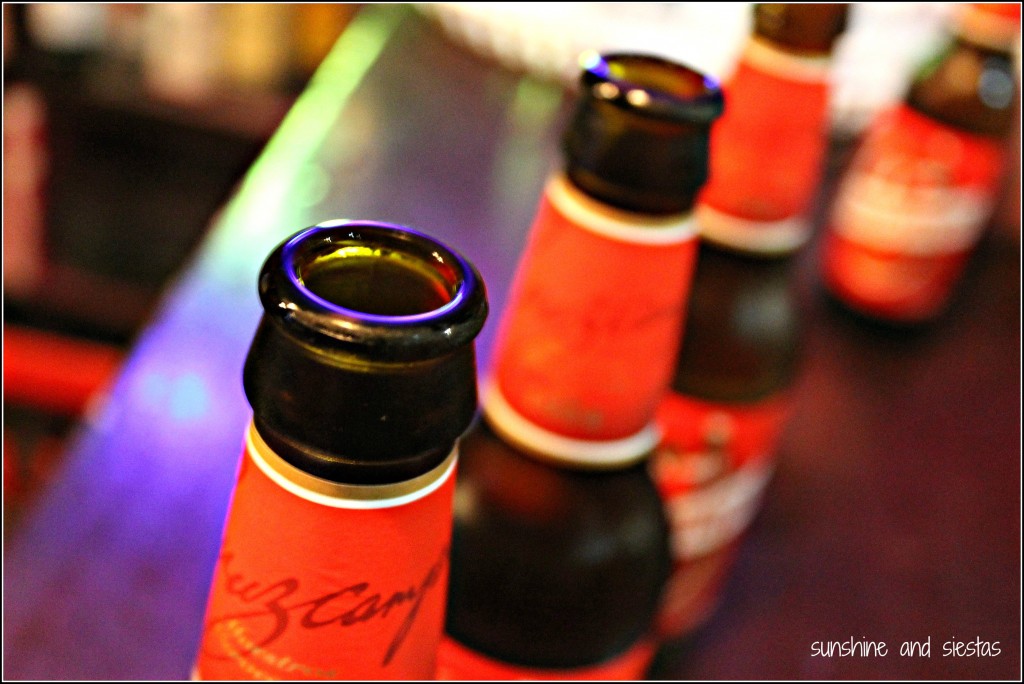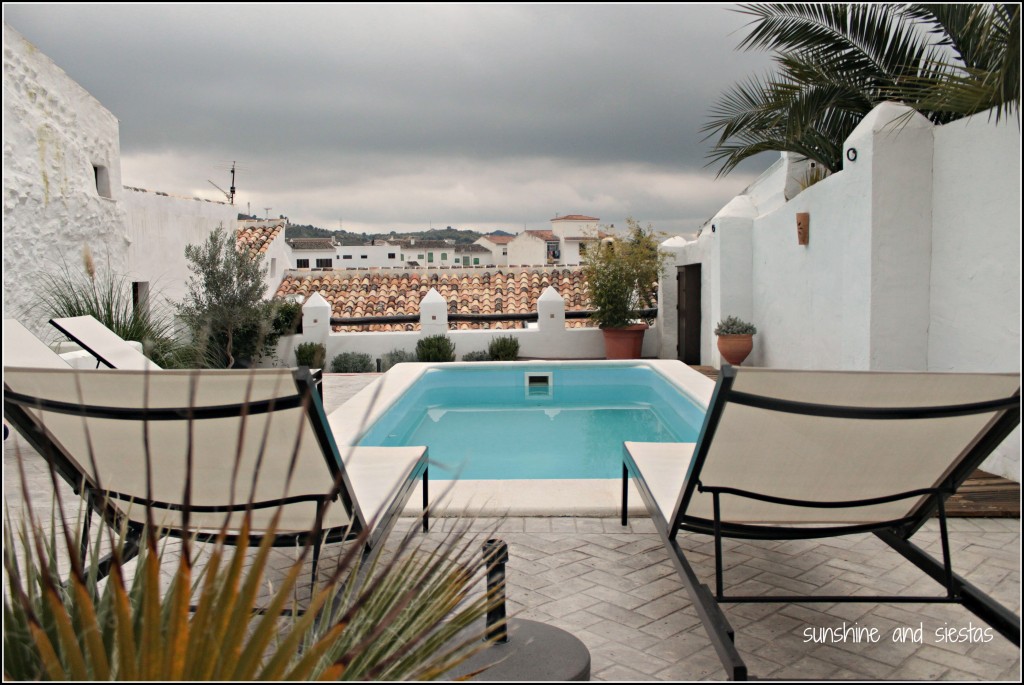Things have been quiet on Sunshine and Siestas since the pandemic began. In the last six months, we have experienced milestones – Millán is walking! Enrique is fully potty trained (nighttime, too!)! We moved to a foreign country! Yes, really – we’re living in Lyon, France until the end of the year.
Chico tells me he misses Sevilla. I do, too – it seems like just as soon as I moved back, we were making plans to leave. When Paulina reached out to me for a guest post, I was happy to relive the days where Sevilla felt very much mine, exploring its every rinconcito.
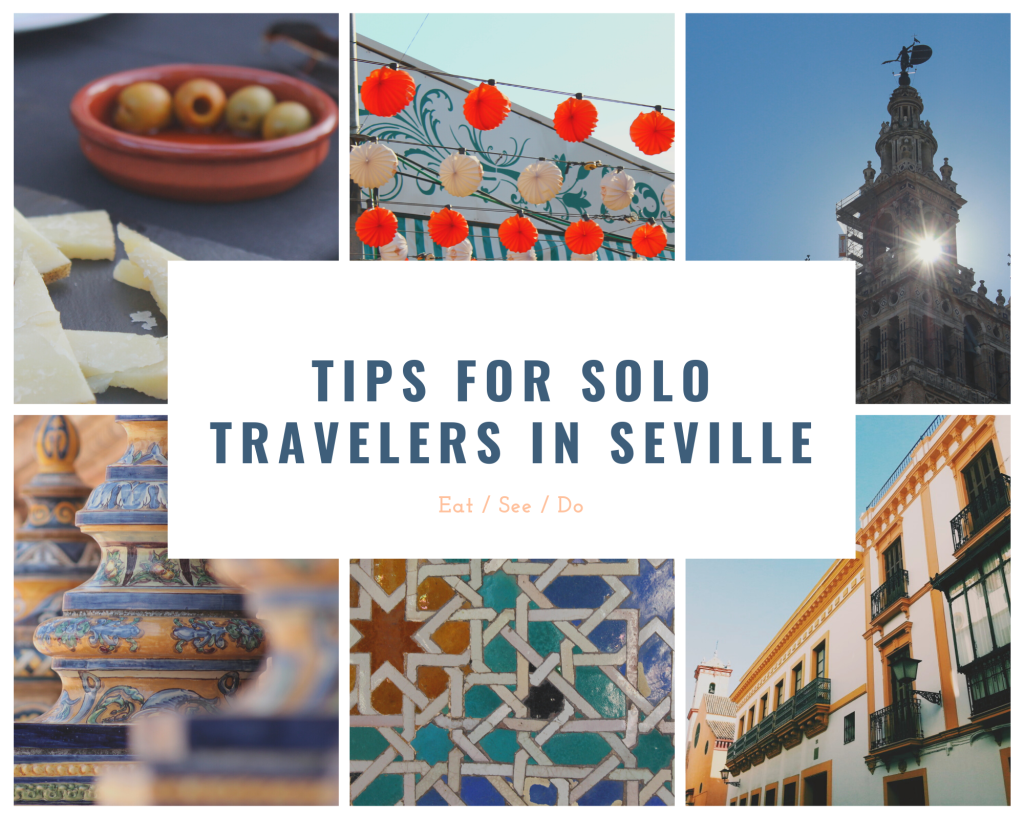
The Andalusian capital, Seville, is a remarkable city for traveling solo in Spain. Filled with beautiful architecture, museums and vibrant streets, it’s a great destination to wander and enjoy in your own company.
Here are the best things to do in Seville in 3 days as a solo traveler:
Take a tapas tour
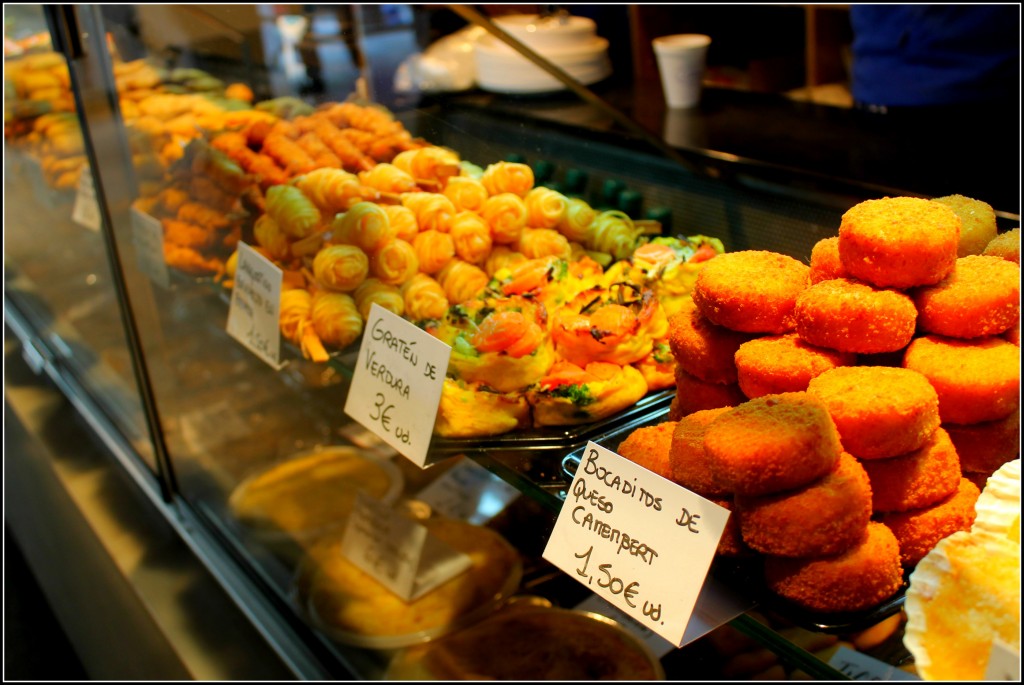
Seville has an array of incredible experiences to offer to its solo travelers and tapas tour is one of them. Embark on a gastronomic journey across the best tapas bars in town to savor delicious Andalusian food.
The guided tours give the perfect opportunity to meet new people, enjoy tapas paired with a glass of wine. This tour promises a quintessential Seville experience and every solo traveler must go for it.
Enjoy a Flamenco show
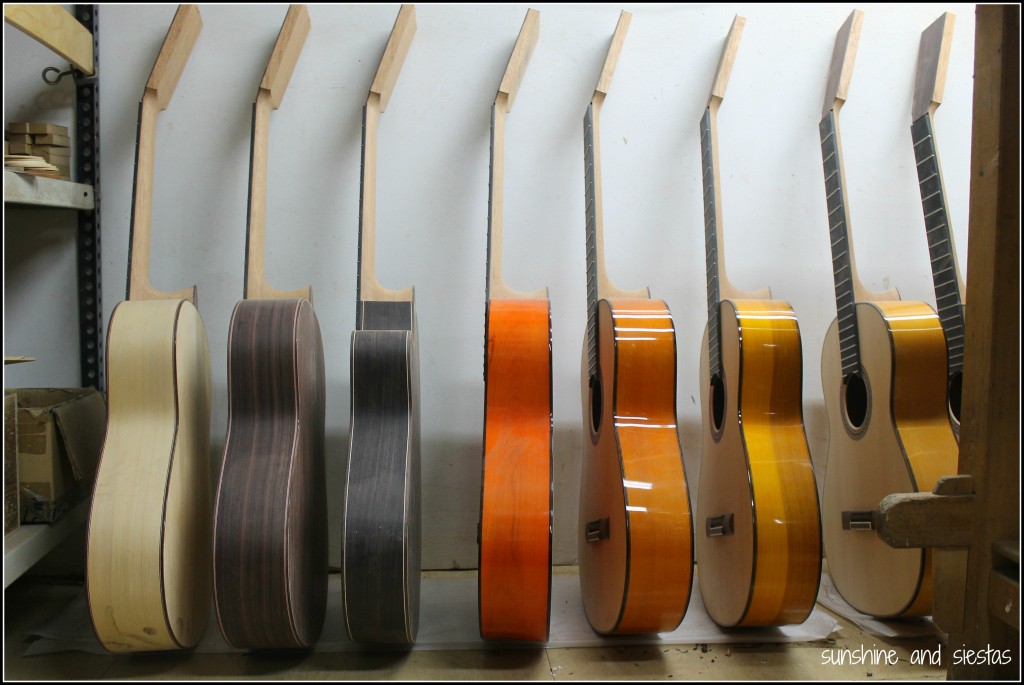
Flamenco is an enchanting art form that brings together singing, dancing, and guitar playing. It’s the pride of southern Spain, and Seville has some amazing venues where you can witness a remarkable Flamenco performance. The shows are held throughout the city in numerous bars, tablaos, theatres and even museums.
As a solo traveler, the best way to enjoy it is in an intimate setup where you can sit close to the stage. This gives you a chance to get hooked to the brilliant expressions of the talented performers. It’s an experience that should not be missed on your visit to Seville
Stay in a cool hostel

A typical dorm room in hostels. This one is Grand Luxe in Seville.
With numerous choices available in Seville, zeroing in on a place to stay is an interesting task. As a solo traveler, it’s time to switch your search from the best boutique hotels in Seville to the best hostels. It can be your best bet as prices are reasonable and hostels have a fun vibe.
Hostels encourage socialization by hosting amazing dinner events, walking tours, pub crawls and much more. Staying in a hostel is the perfect way to make new friends, party hard and enjoy an unforgettable experience. Further, Seville will not disappoint you even if you are a backpacker who prefers a quiet hostel setting.
Get lost in Santa Cruz neighborhood
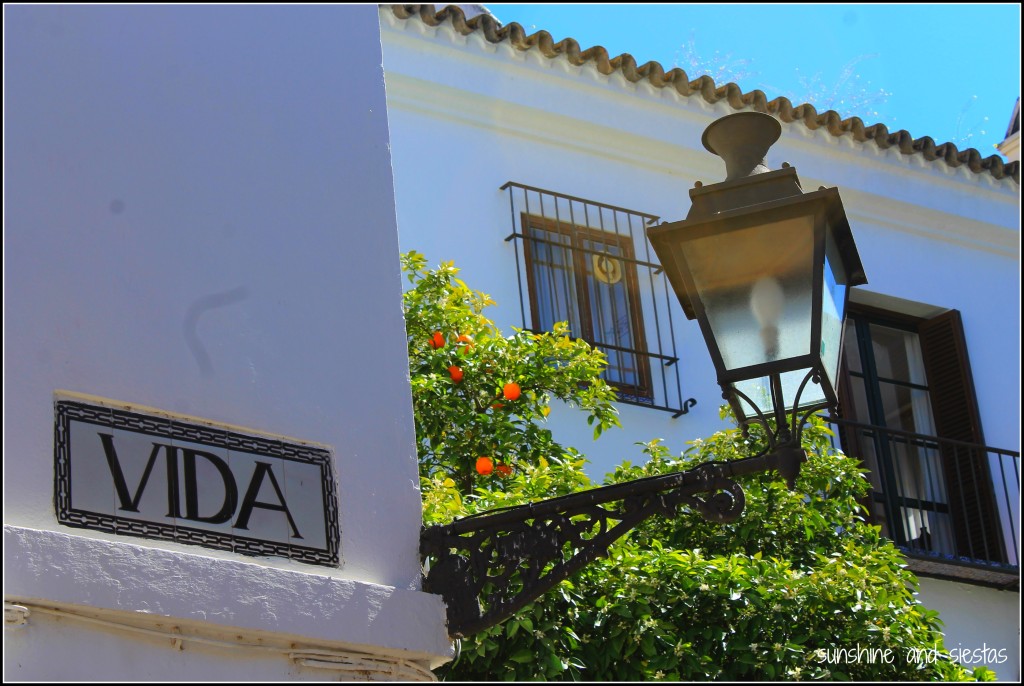
Step into the fascinating history of Seville by wandering in the narrow streets of Santa Cruz. From magnificent palaces, churches to plazas, there is a lot be explored in this splendid neighborhood. This popular tourist destination was Seville’s old Jewish quarter and you will stumble upon several architectural marvels here.
Every part of this neighborhood has a story to tell about the 3 influential cultures that once existed in Andalusia. Santa Cruz is the perfect destination in Seville to get lost and take the joy of solo travel to the next level. Some of the best family hotels in Seville are also located in this neighborhood.
Explore Plaza de España
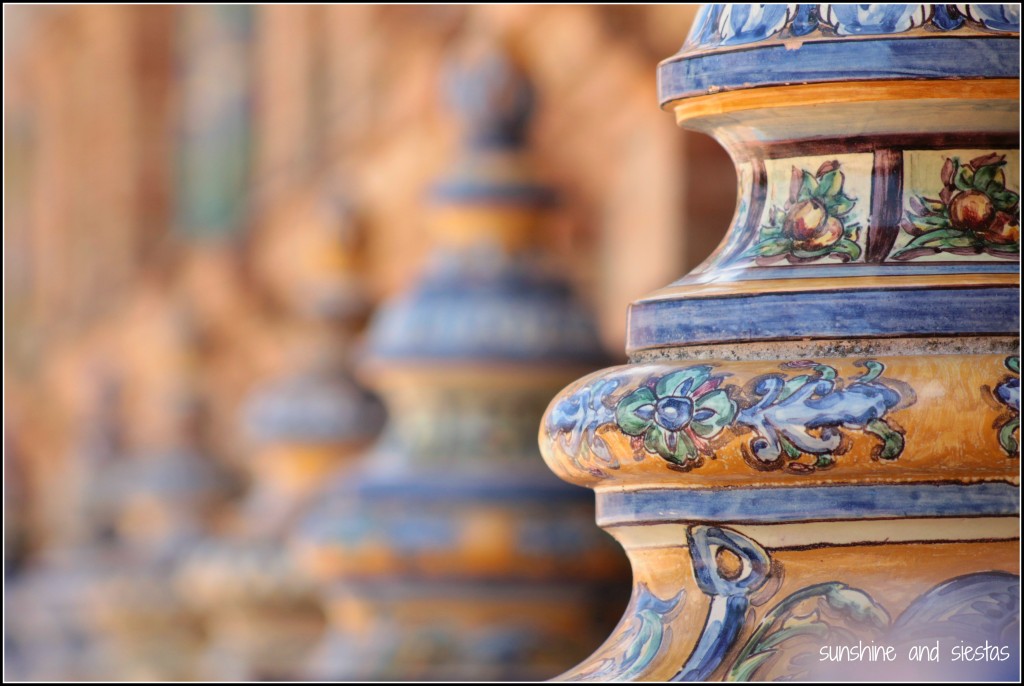
Plaza de España is known to offer a visual feast to visitors with its incredible architecture. It was built in 1929 and is located in the gorgeous Maria Luisa Park. This renowned destination has been featured in many movies including Star Wars and Lawrence of Arabia.
You can spend the day by strolling along the plaza, taking a boat ride and admiring the beauty of this marvelous location. The only companions you need to take to Plaza de España are your camera and your selfie stick.
The tiled alcoves representing the provinces of Spain is a favorite spot among visitors for photography. Besides, it has amazing fountains, bridges, and canals that create the perfect backdrop for beautiful pictures.
Visit the Cathedral and climb the Giralda tower
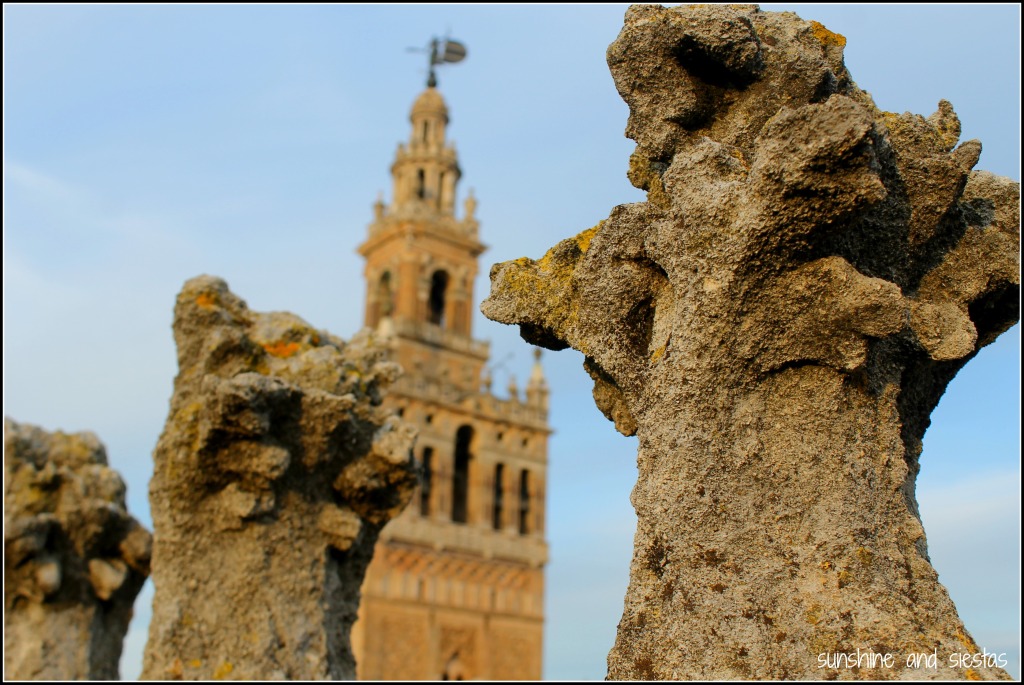
The centuries-old Seville cathedral is an emblematic landmark of the city and a UNESCO World Heritage Site. It’s the world’s largest Gothic church and is famous for its stunning architecture. Solo travelers love this place as they can take their time to pay attention to the meticulously designed interiors.
The cathedral’s bell tower, La Giralda, is 104-meter-high and you can reach the top by ascending the 35 ramps. The awe-inspiring sight of the city from the top makes your climb worthwhile.
Visit food markets
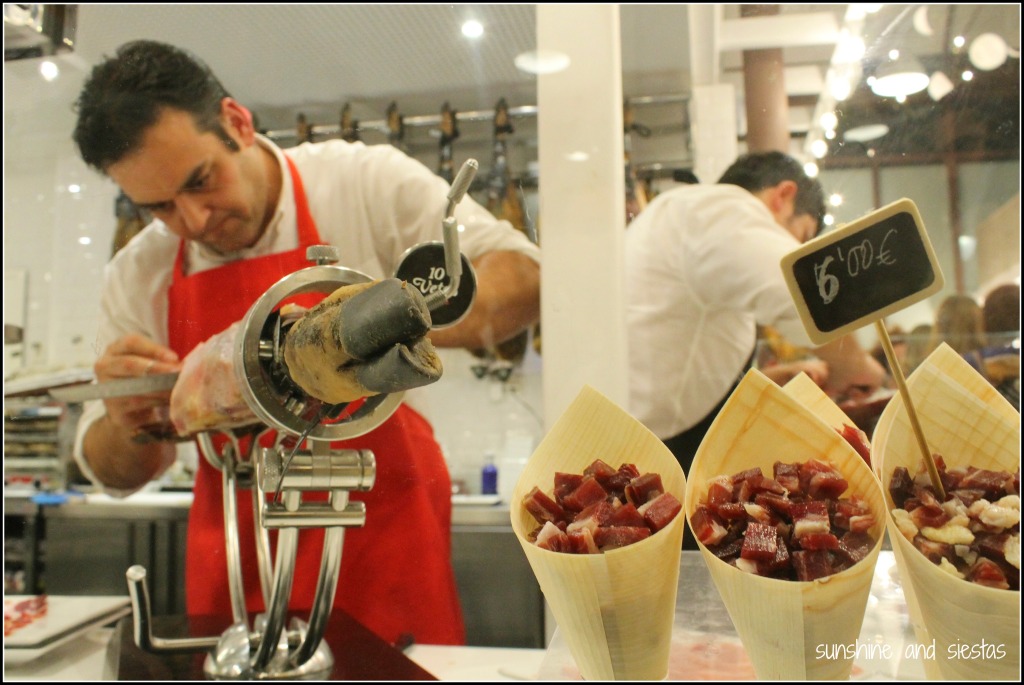
The delightful dining scene in Seville is a result of the fresh ingredients used in its cuisines. You can get your hands on the fresh produce by visiting the local food markets. You can find everything from fruits, vegetables, meat, fish to even spices at these markets.
You will find myriad delicious options of what to eat in Seville at these lively food markets.
It’s a great choice if you are wondering where to eat in Seville as a solo traveler.
Visit Las Setas de Sevilla

Photo by Seville Traveller
Las Setas de Sevilla, shaped like mushrooms, is one of the largest wooden structures in the world. This contemporary building attracts visitors with its quirky design.
Las Setas has three levels that house a museum, a restaurant, a market and a public plaza. The highlight of the building is its terrace from where you can enjoy fantastic views of the city.
Visit the museums of Seville

Seville is home to many museums that lets you witness the incredible art, culture and history of Spain. The museums boast splendid collections of everything from antiques, paintings, archaeological exhibits, traditional garments to contemporary art.
Museum of fine arts, Flamenco museum, Andalusian museum of contemporary art are the most popular museums in the city. Make the most of your solo trip by visiting the museums and enjoy an enriching experience.
Visit Triana, my neighborhood!

Located on the west bank of River Guadalquivir, Triana is considered as one of the best neighborhoods in Seville. This vibrant district is famous for its charming streets, markets, ceramics and Flamenco.
Triana is home to the iconic Castle of San Jorge and the Church of Santa Ana. This neighborhood is undoubtedly a backpacker’s delight and best explored on foot.
About the author:
 Paulina has lived more than five years in Spain and fell in love with Seville. Maybe because of the delicious food? Or the stunning architecture? Or the great weather all year round? Probably it’s a mix of all! She is a writer about her favorite places in Andalucia at visitsouthernspain.com
Paulina has lived more than five years in Spain and fell in love with Seville. Maybe because of the delicious food? Or the stunning architecture? Or the great weather all year round? Probably it’s a mix of all! She is a writer about her favorite places in Andalucia at visitsouthernspain.com


